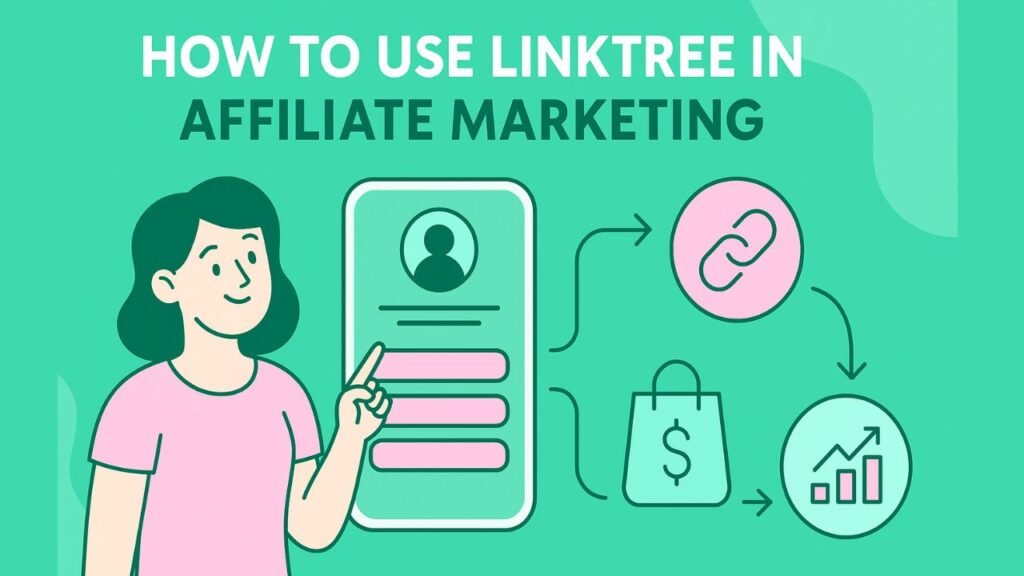Let’s be honest—managing affiliate links is a pain if you’re doing it right. One day it’s a product launch, the next it’s a promo deal, and suddenly your social bio looks like a rotating door for links. If your followers can’t find what you’re talking about in less than two clicks, you’ve probably lost them.
This is where a tool like Linktree comes in—not because it’s flashy, but because it’s functional. It gives you one link that opens a page of multiple links. It’s not groundbreaking tech. But it solves a problem every creator deals with.
Why Does This Matter?
Here’s the thing: most social media platforms give you just one clickable link in your bio. That’s it. One shot to point people in the right direction.
If you’re pushing five different affiliate offers, good luck juggling them manually. Linktree saves you from constantly swapping URLs and breaking links in old posts. It’s a central hub—nothing fancy, but it works.
Not gonna lie, when I first heard about it, I thought, “Great, another tool I’ll forget to update.” But once I actually tried it, I got why people use it. It just makes your life easier.
What It Actually Does
- Lets you list multiple links behind one bio link.
- Looks way cleaner than dumping URLs into captions or comments.
- Helps users navigate without needing to DM you asking, “Where’s the link again?”
- Offers basic analytics—clicks, views, that kind of stuff. It won’t replace Google Analytics, but it tells you what’s getting attention.
No, it’s not a sales machine. But it makes your content more actionable.
How to setup Linktree for your Business?
Here’s what I did—and what you probably should too if you want it to look semi-professional:
- Create an account — Obvious, I know. The free plan does the job.
- Pick a clean layout — Don’t obsess. Choose something readable and not too bright. You’re not building a portfolio site here.
- Add your links — Start with your top affiliate product, maybe a blog post or two, or a current offer. You can update this later.
- Label them like a human — “New Offer” tells me nothing. “25% Off Skincare – This Week Only” gets the click.
Done right, you’ll have a live page up in under 30 minutes. Don’t fall into the trap of fiddling with fonts and colors for hours. No one cares about that stuff nearly as much as they care about finding what they came for.
Always Update with time-to-time
This part’s important: don’t treat it like a static page. If you leave old sales links up or promote expired codes, people notice. And they stop trusting your recommendations.
What works:
- Update your links at least weekly—especially if you’re running time-based offers.
- Put your most important or best-converting links at the top.
- Use casual, clear CTAs. Not “Click Here.” Try “Claim Deal – Ends Friday” or “My Top Pick This Month.”
Sometimes I test two different versions of the same link just to see which label pulls better. It’s not overkill—it’s just smart.
Who Should Actually Bother With This?
If you’re serious about making affiliate income through content—YouTube, Instagram, TikTok, blogging, whatever—then yes, this matters. If you’re just testing the waters and posting once every few weeks, it might feel like overkill.
But here’s the kicker: affiliate revenue depends on friction. The less you make people think, the more likely they are to click and convert. Linktree removes one layer of friction. That’s it. But that’s often enough.
Final Take
No, Linktree won’t double your income overnight. It’s not a magic funnel or a growth hack. It’s a utility. Like a solid knife in the kitchen—it doesn’t do the cooking, but it makes everything smoother.
If you’ve ever said, “Check the link in bio,” and then had no idea what was actually in your bio, this tool is for you. Clean it up. Make it useful. Then let your content do the work.
If you’re not making it easy for people to find what you’re talking about, don’t be surprised when they scroll past.



